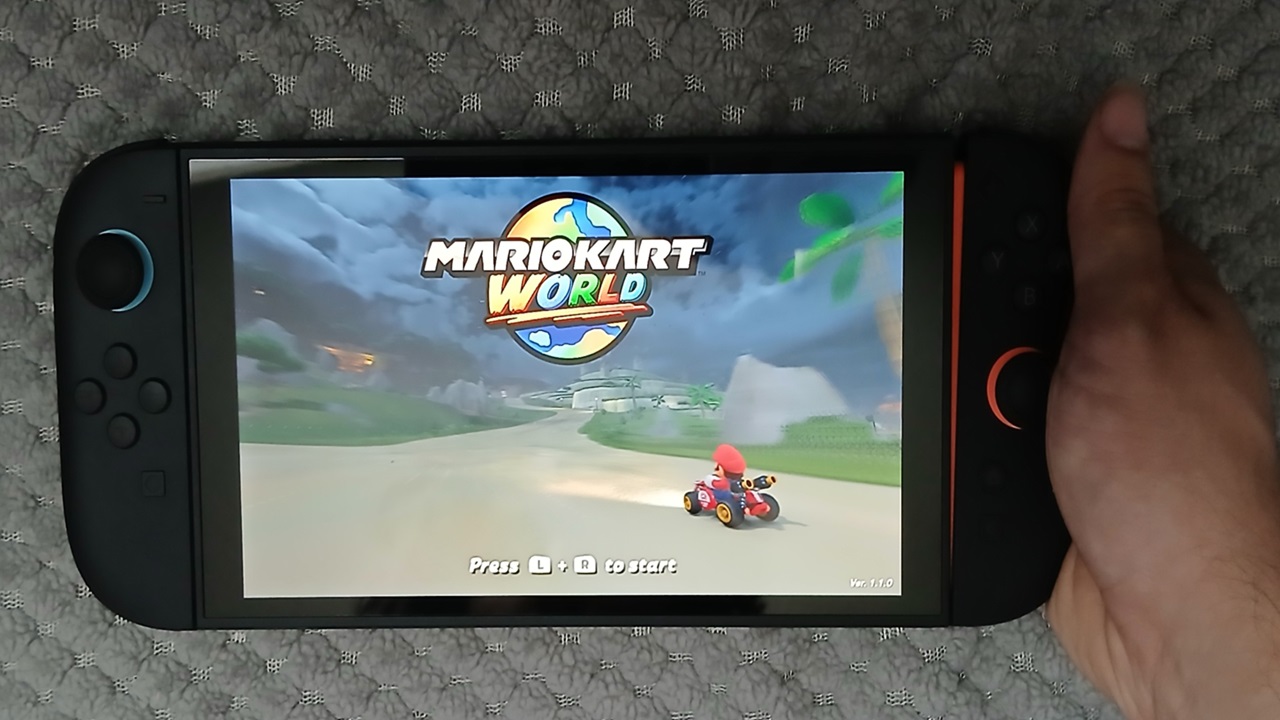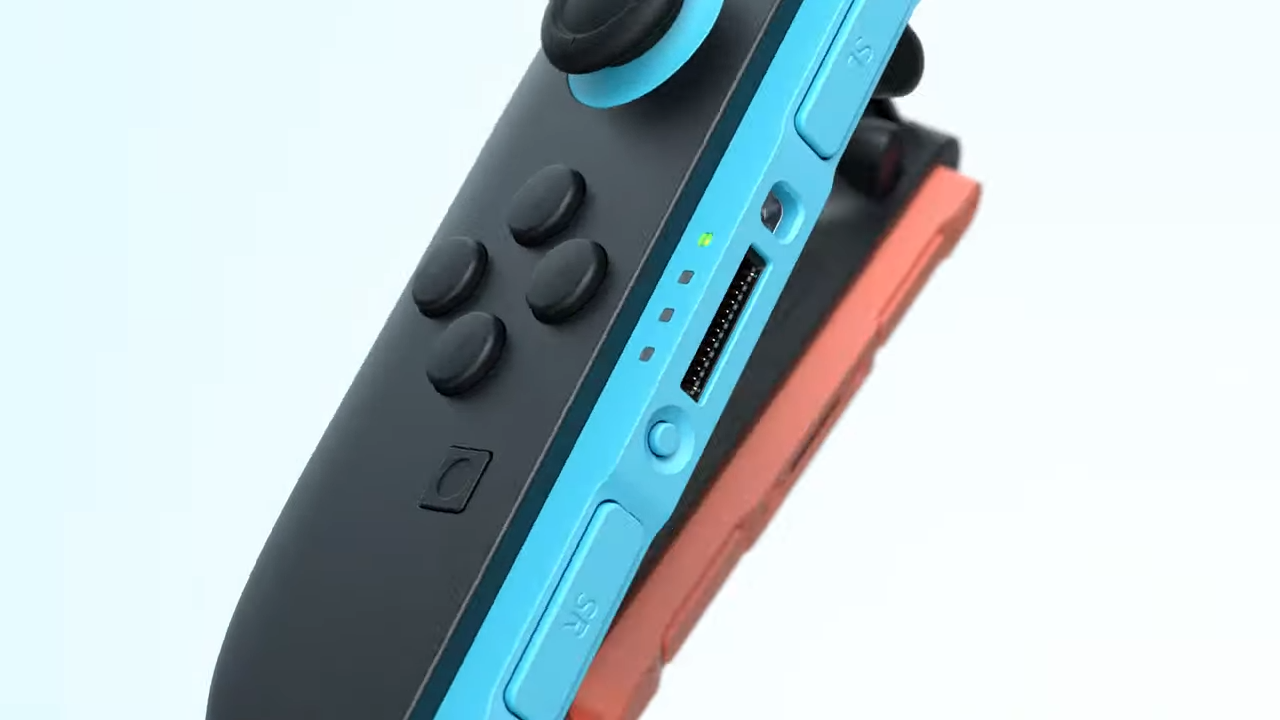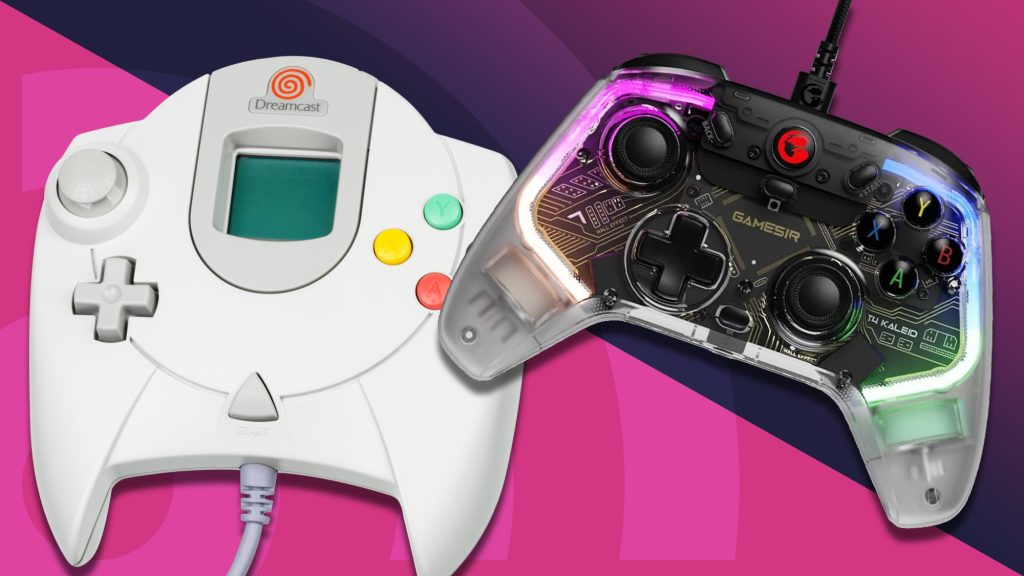Analog stick drift, where unwanted movement of the analog stick occurs when no input or different input is entered, is a problem that has been present in controllers since the N64 days. However, because it was so prevalent with the Switch’s Joy-Con, the problem was a common point of discussion during the last few years. I don’t remember stick drift being a problem before the Switch, although that may be because controllers were and often are accessories that and switched and replaced quite often. However, despite this, there can be no doubt that the percentage of Switch Joy-Con malfunctioning was indeed a huge issue. I had at least 50% of my Joy-Con eventually develop Joy-Con drift. There is a type of analog stick that only very, very rarely develops stick drift. Hall effect sticks use magnets and have fewer moving parts, which causes less friction and damage to the mechanism over time compared to non-Hall effect sticks, which don’t use magnets. We’ve had confirmation that the Switch 2, will not use Hall effect sticks. So, will this mean that the Switch 2 will be just as prone to stick drift as Switch 1?

The analog stick
Analog sticks first became used in video games to control characters in 3D environments. When the jump from 16-bit to 32 and 64-bit consoles occurred, a new control mechanism was needed to move in a 3D space. The analog stick could be described as an evolution of the traditional “joystick,” which was used even as far back as the Atari consoles. The N64 was the first console to use analog sticks as standard in June 1996, although there is debate as to whether Sega released a controller with an analog stick first, with the Sega Saturn 3D control pad in July 1996.
Regardless of who brought it out first, analog sticks usually work by using potentiometers, which incorporate a wiper and a resistive track. Its function, in essence, deals with friction. This means that the mechanism can wear out, and when this happens, unwanted input from the mechanism can occur, leading to “drift.” However, it usually takes years for this to develop, which makes one wonder why the Switch 1’s Joy-Con were or are so prone to it. Interestingly, Hall Effect analog sticks, which use magnets and Hall effect sensors to translate position into movement and do not need physical internal contact to work have been used in some controllers for many years. For example, the Dreamcast used Hall Effect sticks back in November 1998.

Switch 2
If Hall Effect sticks have been around for so long, why doesn’t Nintendo try to solve the drift problem by incorporating them into the Switch 2 Joy-Con? There are numerous answers to this question, and none are mutually exclusive. In other words, it is probably a combination of factors. Firstly, Hall Effect sticks might be expensive and complex to manufacture, which may deter Nintendo from implementing it. Alternatively, we haven’t heard many reports of Joy-Con drift in the Switch 2, and it is over a month old now, perhaps Nintendo have found a different way to stop the extremely high levels of drift that blighted the previous generations’ Joy-Con.
iFixit did a teardown of the Switch 2 Joy-Con. It found that the sticks used in Switch 2 Joy-Con are incredibly similar to those used in Switch 1, and confirmed that the Switch 2 Joy-Con don’t use Hall Effect sticks. Furthermore, it argues that the Switch 2 Joy-Con will be vulnerable to Joy-Con drift. However, iFixit is a company that will profit for any failures of the new Nintendo hardware, so it could be argued that the Switch 2 being vulnerable to drift is very convenient for it. The truth is that even if drift is present in the Switch 2, there are other controller options available.

Other controllers
A great thing about both the Switch and Switch 2 is that there are so many ways to play. Tabletop, TV, or handheld offer a wealth of options. With both TV and Tabletop mode, you can use a wide variety of Bluetooth controllers. Incidentally, I’ve noticed that the Switch 2, doesn’t allow you to use some PS5 controllers, even with the 8bitdo adapter. This could be linked to the Switch 2 also having fewer compatible apps (although some are coming, such as YouTube). Maybe Nintendo is “streamlining” the Switch 2’s functions and features, but it seems like a downgrade in many respects.
However, the Joy-Con being prone to drift won’t detract from the experience for me, as I mainly play in TV mode, and the first thing I did when I got the Switch 2 was sell the Joy-Con. I didn’t want drift to become a problem, so I thought I’d bypass the problem by selling the Joy-Con and using other Bluetooth controllers. There are many great brands and styles of controllers that you can use. From budget versions to premium versions, you don’t really need the official Joy Con, especially if you mainly play in TV mode.

Conclusion
Stick drift has been a problem on analog sticks on controllers since the Sega Saturn and N64 days. Put simply, the drift occurs when friction from the wiper against the resistive tract burns the mechanism (or when foreign debris interferes with the mechanism). Hall Effect uses magnets, and no friction is involved, so they are much less prone to “drift.” Surprisingly, Hall Effect sticks have also been around a long time, since the days of the Dreamcast. However, they have been rarely implemented by the big three hardware developers (Nintendo, Sony, Microsoft). It may only rarely be used due to the cost of implementing the Hall Effect mechanism.
We know that the Switch 2 does not include Hall Effect sticks. Does this mean that the Switch 2 will be just as prone to stick drift as its predecessor? Some companies are arguing that that might be the case, but often companies arguing for the failure of modern hardware stand to profit from the hardware’s breakdown. Some users are notably having issues. I think that even if the console will be prone to drift, there are so many ways to play the Switch 2, and such a variety of controllers available that Switch 2 Joy-Con drift doesn’t have to be a problem. The Switch 2 has only just recently released, many of its services haven’t even started yet, and we have a lot to look forward to on the system.









